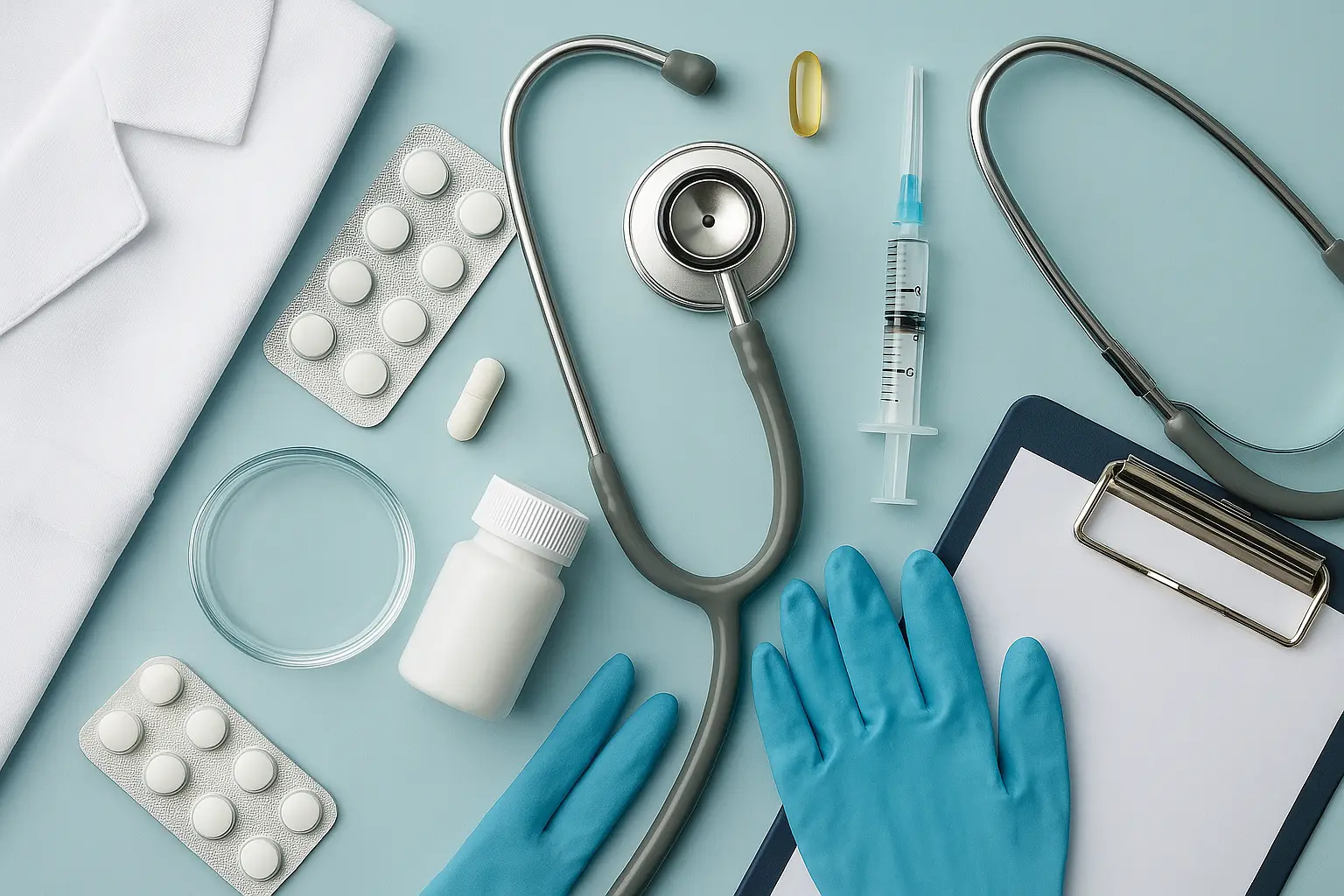EN 1789 Ambulance Equipment Certification
The European standard EN 1789:2016 specifies the performance requirements and test methods for ambulance equipment used in emergency medical services. This certification ensures that all equipment complies with stringent quality standards, enhancing patient safety and operational efficiency.
EN 1789 covers a wide range of ambulance equipment, including but not limited to stretchers, defibrillators, oxygen delivery systems, and monitoring devices. The standard aims to ensure that these critical pieces of medical and pharmaceutical gear meet the highest levels of performance and reliability in real-world conditions.
The certification process involves rigorous testing procedures designed to simulate various emergency scenarios, ensuring that equipment functions effectively under stress. This includes tests for durability, ease of use, accuracy, and safety features. Compliance with EN 1789 is essential for manufacturers aiming to meet the stringent requirements of healthcare providers in Europe.
For quality managers and compliance officers, this certification serves as a critical milestone that validates the safety and effectiveness of ambulance equipment. R&D engineers benefit from understanding the specific performance criteria set out by EN 1789, allowing them to design products that meet or exceed these standards. Procurement teams can rely on this certification to ensure they are sourcing high-quality equipment that will perform reliably in critical situations.
The standard’s emphasis on patient safety is paramount, as it directly impacts the outcomes of emergency medical interventions. By adhering to EN 1789, manufacturers contribute significantly to reducing errors and enhancing the overall quality of care provided by ambulances.
EN 1789 is part of a broader framework aimed at ensuring that all ambulance equipment meets the highest standards of performance and reliability. This standard is crucial for maintaining the trust and confidence of patients, healthcare providers, and regulatory bodies alike.
The certification process involves several stages, each designed to test different aspects of the equipment’s functionality and safety. These include environmental testing (such as temperature and humidity), operational tests under simulated emergency conditions, and assessments of ergonomic design for ease of use by medical personnel.
Compliance with EN 1789 is not just a regulatory requirement; it represents a commitment to excellence in the field of emergency medical services. By adhering to this standard, manufacturers can ensure that their equipment is fit for purpose, safe, and effective in critical situations.
The certification process is overseen by independent laboratories recognized as competent authorities under the European Union’s New Approach Directives (EUMD). These laboratories provide impartial testing and evaluation services to ensure that all equipment meets the stringent requirements set forth in EN 1789.
For those involved in quality management, compliance assurance, or R&D within the medical and pharmaceutical sectors, understanding the nuances of EN 1789 is essential. This standard sets a benchmark for excellence, ensuring that all ambulance equipment functions reliably under the most challenging conditions.
Scope and Methodology
| Category | Description |
|---|---|
| Ambulance Stretchers | Testing for stability, load capacity, and ease of use. |
| Oxygen Delivery Systems | Evaluation of flow rates, purity, and safety features. |
| Defibrillators | Assessment of shock delivery accuracy and reliability. |
| Monitoring Devices | Evaluation of physiological parameter measurement accuracy. |
Benefits
The benefits of EN 1789 certification are manifold, providing tangible advantages to manufacturers and healthcare providers alike. For manufacturers, compliance with this standard ensures that their products meet the highest levels of performance and reliability, enhancing brand reputation and market competitiveness.
Hospitals, ambulance services, and other emergency medical facilities can trust equipment certified under EN 1789, knowing it meets stringent standards for safety and efficacy. This fosters a culture of continuous improvement within healthcare organizations, contributing to better patient outcomes.
For patients, the use of EN 1789-certified equipment translates into safer and more effective emergency medical interventions. Knowing that their medical providers are using cutting-edge, reliable gear can instill confidence in both staff and patients alike.
The certification process also drives innovation within the industry, encouraging manufacturers to push boundaries and develop products that not only meet but exceed these stringent standards. This fosters a competitive environment where excellence becomes the norm.
Overall, EN 1789 certification serves as a crucial link between regulatory compliance and operational efficiency in emergency medical services, ensuring that all equipment functions reliably under the most challenging conditions.
Quality and Reliability Assurance
The process of achieving EN 1789 certification involves a series of stringent quality assurance measures designed to ensure that all ambulance equipment meets the highest standards of performance and reliability. This begins with rigorous design validation, where manufacturers must demonstrate that their products meet the specified requirements before proceeding to production.
During manufacturing, continuous monitoring ensures adherence to strict quality control protocols. This includes regular audits and inspections by independent third parties who verify compliance with EN 1789 throughout the production process.
The final stage of this certification process involves extensive testing in specialized laboratories equipped with state-of-the-art instrumentation. These tests simulate real-world emergency scenarios, ensuring that equipment functions reliably under stress conditions. This comprehensive approach guarantees that certified products are not only safe but also effective in critical situations.
Manufacturers who achieve EN 1789 certification gain access to a global market of healthcare providers and ambulance services that value reliability and safety above all else. The certification process instills confidence among these stakeholders, ensuring consistent quality across the supply chain.
The commitment to continuous improvement is a hallmark of this certification, with regular updates and revisions reflecting advancements in medical technology and best practices. This ensures that EN 1789 remains at the forefront of quality assurance standards, setting a benchmark for excellence in emergency medical equipment.





